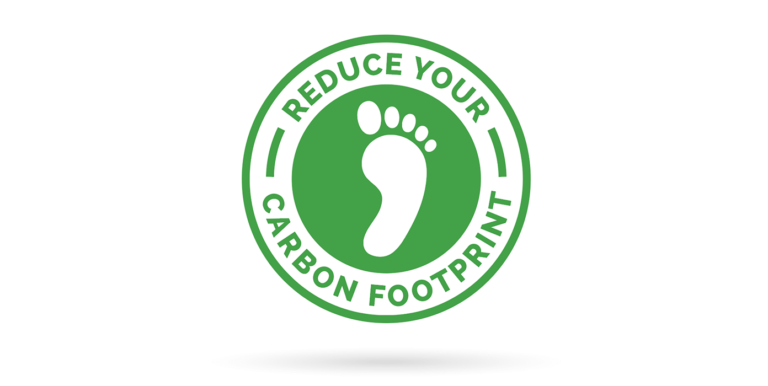Myth Vs. Fact – The Paper Industry’s Carbon Footprint

Myth Vs. Fact: What is Paper’s True Carbon Footprint?
Do you feel guilty when you ask your bank for paper statements and not just eDelivery? Electronic banking helps banks save money on printing, mailing, and postage. However, don’t confuse their paperless marketing with environmental awareness. The fact is, most company’s claims about “going green” are not much more than lip service.
Myth: Making paper uses a lot of energy and has a high carbon footprint.
Fact: Much of the energy used to make paper is renewable, and the carbon footprint is surprisingly low.
More than 65% of the total energy used by North American pulp and paper facilities comes from renewable forest biomass. We can divide paper’s carbon footprint into three basic elements. These elements are based on the entire lifecycle of paper. These elements include greenhouse gas emissions, carbon sequestration and avoided emissions. Each of these elements is influenced by important characteristics that make paper’s carbon footprint smaller than might be expected. Paper is made from a renewable resource that stores carbon, is recyclable, and is manufactured using mostly renewable energy including biomass, biogas, and hydroelectricity.
The Carbon Footprint of Paper
- Wood stores carbon indefinitely, even as a finished product, helping to reduce the effects of greenhouse gas emissions over the long term. In addition, growing trees also release oxygen into the atmosphere, thereby supporting life on our planet.
–American Forest & Paper Association, 2014
What carbon footprint?
- Since 1990, fossil fuel energy use to produce U.S. pulp and paper mill has been reduced by 25.4%, and 14.6% since 2000.
– American Forest & Paper Association, 2014
- In Canada, 98% of wood residue is in use for either energy generation or composting. More than 66% of mills’ wastewater sediment we use for either energy generation, composting, or land application.
– Forest Products Association of Canada, 2014
- Greenhouse gas emissions by the Canadian pulp and paper sector have dropped 79% since 1990 by decreasing its reliance on fossil fuels, increasing energy efficiency, and reducing energy use.
– Natural Resources Canada, Canadian Forest Service, 2012
- With 1% of the world’s greenhouse gas emissions, the value chain of pulp, paper and print are some of the lowest industrial emitters.
– ECOFYS, 2013
Myth Vs. Fact Blog Series
You are reading part 3 of 8 of the Myths Vs. Facts About Paper, Printing, and the Environment series. To view part one, read Myth Vs. Fact: Is the Paper and Packaging Industry Destroying Forests?
What to Expect Next in the Environmental Paper Series (4 of 8)
Should the paper we recycle only be used to make new paper products? Find out in the next installment of the Environmental Paper Series. View Part 4 of our Myth Vs Fact Series
Can Paper Be Recycled Indefinitely? or check out our other FSSI Blog posts.
Our Company
FSSI is a national, WBE-Certified document outsourcing company that was among the first print-mail outsourcing companies to integrate sustainability practices into regular business operations. As a result, we’ve recycled or responsibly disposed of tons of reusable waste including paper, wooden pallets, electronics such as computer monitors, and other office equipment. For its work in reducing energy consumption, the company earned Trane North America’s “Energy Efficiency Leader Award.” FSSI also participates in the Carbon Disclosure Project (CDP), keepers of the world’s largest corporate emissions and climate change database, and recognized leader in greenhouse gas reporting. Visit our sustainability practices page to learn more about its ongoing commitment to environmental stewardship.

Sources
Two Sides U.S., Inc. (2013). Print and Paper Myths and Facts [Brochure]. Author. Retrieved from http://www.twosidesna.org/



